Lemongrass, often called lemon grass, is used as a spice. It is also known as a medicinal plant. Lemongrass is more precisely called West Indian lemongrass, West Indian lemongrass or Guatemalan lemongrass.
Use in the kitchen:
Lemongrass is usually used fresh because it loses its aroma when dried. In the kitchen, the fresh, juicy lower parts of the stalks and the base of the leaves are mainly used. 1
Lemongrass tastes like lemon and smells slightly like roses. This scent develops when the thin, reed-like stalks are crushed and cut. Dried lemongrass has a faint aroma.
Traditionally, Vietnamese and Indonesian cuisine uses lemongrass in various dishes and drinks. In Thailand, the stalks are pounded until soft before being poured over with hot water to make a thirst-quenching tea. This allows the essential oils to dissolve particularly well. Lemongrass also adds an exotic note to tea blends.
Fresh shoots and leaves can also add a certain flavor to a salad, but are also suitable for seasoning sauces and vegetables. The upper, tough parts of the stems are also used as a seasoning when cooking. They are then cooked to add flavor, but are not eaten.
Lemongrass is a component of Thai curry paste and the pasty spice mixture 'Bambu', which is well-known in Indonesia. This Bambu consists of several fresh spices (such as garlic, onions, chilies, galangal, turmeric, ginger and lemongrass) ground in a mortar. Vegetables in Indonesia are often simply cooked with water, broth, coconut milk and Bambu.
| Not only vegans or vegetarians should read this: Vegans often eat unhealthily. Avoidable nutritional errors. |
Purchasing:
Fresh lemongrass can be found in well-stocked supermarkets or Asian shops. The rule for lemongrass is: the smaller, the more tender. Large, older plants are slightly straw-like. Sometimes you can also find frozen lemongrass, as well as dried and ground lemongrass under the name 'Sereh'.
Storage:
Fresh lemongrass will keep for a few days in the refrigerator. Fresh lemongrass can also be frozen in whole stalks and stored in the freezer for up to 6 months.
Ingredients:
The essential oils contained in lemongrass cause its lemon-like smell and taste and usually contain over 80% citral and up to 20% myrcene. Other main components are linalool, geraniol and geranial, neral and nerol, and citronellol. The content varies depending on the plant species and geographical location. Citral in particular is important for the aroma formation of the plant. 2
Wikipedia lists a lot of ingredients, but here we show the values determined by the USDA 3 : Lemongrass contains 99 kcal per 100 g and is therefore very low in calories. It has 65 mg manganese per 100 g (261% of the daily requirement). It also contains 8.2 mg iron (58% of the daily requirement), 75 µg folate (38%), 723 mg potassium (36%), 0.27 mg copper (27%), 2.2 mg zinc ( 22%), 60 mg magnesium ( 60%), 101 mg phosphorus ( 14%), 0.14 mg riboflavin (10%) and 65 mg calcium (8%). But also other secondary plant substances such as beta-sitosterol (β-sitosterol), but only 4 mg/100g. 3
Health aspects:
The health effects of spices are usually indirect. People feel the effects through their eyes, nose and tongue. The stimuli they absorb stimulate both the flow of saliva (starch digestion) and the secretion of enzymes in the gastrointestinal system (protein and fat digestion). 6
Use as a medicinal plant:
The medical name is Herba Andropogonis. Lemongrass is said to reduce flatulence and has an antimicrobial effect. The oil has a calming effect on the central nervous system, promotes concentration and cognitive ability. The oil may also have a certain pesticidal and mutagenic effect.
Lemongrass is also said to reduce fever and relieve pain and to help against coughs, nausea and rheumatism. The tea infusion is said to have diaphoretic, diuretic and carminative properties. Similar to the scent of lemons, the plant has an invigorating and mood-enhancing effect.
Occurrence:
Lemongrass grows as a perennial and reaches a height of up to one meter. In stores, however, you only find the stems, which are around 20 cm long. The multi-layered leaves are light green and hard.
Malaysia is believed to be the country of origin for West Indian lemongrass. From there, lemongrass spread throughout South Asia and Southeast Asia. Today, it is cultivated worldwide in the tropics and subtropics. Around 55 species are known in Southeast Asia.
East Indian lemongrass ( Cymbopogon flexuosus) grows wild in Sri Lanka, India, Burma and Thailand, but is not a culinary important species.
General information:
Despite its name and although its aroma reminds us of lemons, lemongrass has nothing in common botanically with the citrus fruit. The plant species lemongrass ( Cymbopogon citratus) belongs to the grass family (Poaceae). There are various Cymbopogon species and only some of them are known as spices and/or medicinal plants.
Not to be confused with citronella grass ( Cymbopogon winterianus Jowitt ex Bor) or citronella grass ( Melisse indicum), which originates from western Malaysia. It is cultivated mainly in the East and West Indies. 4
Two types of lemongrass (West Indian lemongrass and East Indian lemongrass) are grown on a commercial scale in India, Sri Lanka, Indochina, China, England, Africa, Central and South America. The plants need sandy soil, temperatures between 18 and 29 °C and annual rainfall of 700 to 4100 mm. Successful cultivation requires a warm, humid climate and full sunlight. A field then yields up to four harvests per year. 1
Lemongrass oil with 70-85% citral is produced from West Indian lemongrass, from which ionone (violet scent) is extracted. The oil enriches perfumes, cosmetics and drinks. The leaves are also used as a soup seasoning in Southeast Asia. 7
East Indian lemongrass or Indian lemongrass ( Cymbopogon flexuosus) comes from India. This plant is mostly used to make perfume or as a medicinal herb, but not as a spice. Its essential oil contains over 80% citral, but only a small amount of myrcene.
'Citronella', on the other hand, is a fragrant sweet grass with the scientific name Cymbopogon nardus. 1 Its essential oil mainly contains geraniol and citronellal, which are used in lemon balm spirits, among other things. 4 The name citronella does not only refer to the sweet grass in question, but can also generally refer to oils that are extracted from the plant species lemongrass.
Finally, the sweet grass Palmarosa ( Cymbopogon martinii) hardly gives off any citrus scent, but rather smells sweet and floral. Its essential oil consists mainly of geraniol and a maximum of 10% citronellal. 5 It is used as a base for Turkish geranium oil - a common ingredient in rose perfumes, soaps and insect sprays.
Lemongrass oil is used as a fragrance in perfumes and cosmetics such as soaps and creams. The citral extracted from the oil is a versatile flavoring agent and is often used to flavor soft drinks, scented soaps, and detergents. It can also be used to mask unpleasant odors in various industrial products. The essential oils of lemongrass and other fragrant sweet grasses are also used in repellents against stinging insects. 1
Literature / Sources:
Bibliography - 7 Sources (Link to the evidence)
| 1. | Wikipedia: Zitronengras. |
| 2. | Oladeji OS, Adelowo FE, Ayodele DT, Odelade KA. Phytochemistry and pharmacological activities of Cymbopogon citratus: A review. Scientific African. November 2019;6:e00137. |
| 3. | USDA United States Department of Agriculture. |
| 4. | Pahlow M. Das grosse Buch der Heilpflanzen. Hamburg: Nikol Verlag; 2013. |
| 5. | Mabberley D J. Mabberley’s Plant-Book: A portable dictionary of plants, their classification and uses. Cambridge: University Press; 2008:246. |
| 6. | Rehm S., Espig G. Die Kulturpflanzen der Tropen und Subtropen. Stuttgart: Eugen Ulmer; 1976: 269. |
| 7. | Ibidem, S. 311. |

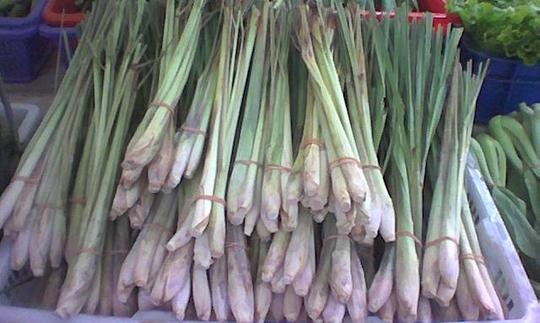

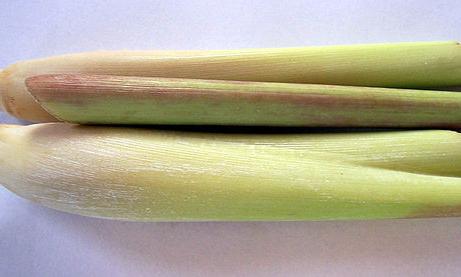

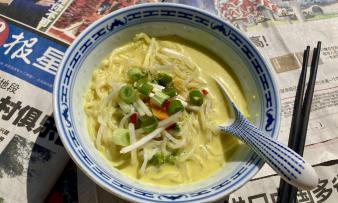
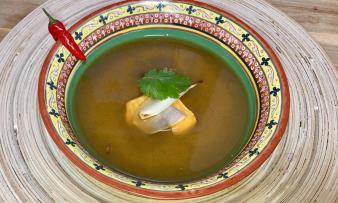
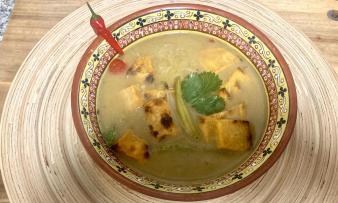





Comments